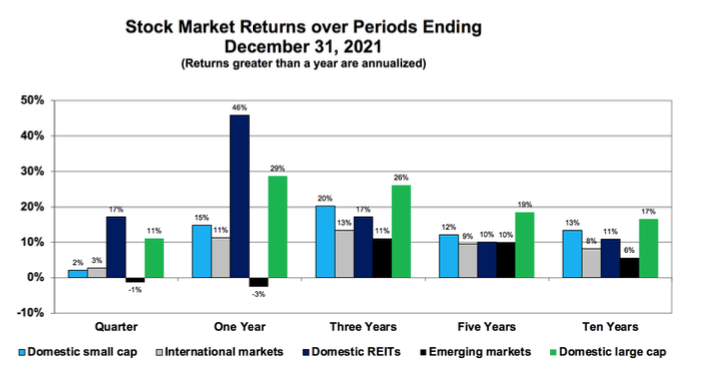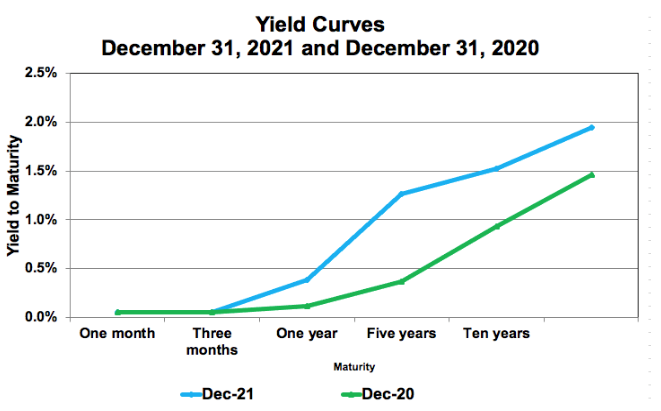As we head into a new year and with it, a new tax season, we wanted to draw attention to a number of scams and schemes to defraud unsuspecting taxpayers. We think it is important that our clients be aware of how these scams work, and what precautions you can take to protect yourself.
How the Scams Work:
One popular method for defrauding taxpayers is to steal their identity using “phishing” techniques, or malware to obtain their victim’s personal information. Phishing scams use fake emails or website links designed to appear to be legitimate. Once accessed these fake links will either ask for information or potentially even infect your computer with software allowing the fraudsters to access personal information.
Recently identity thieves have used this stolen information to file fake tax returns, but using the taxpayer’s actual bank account to deposit the fraudulent refund. Once the refund has been deposited, they will call the taxpayer posing as an IRS agent, debt collector, or law enforcement and demand that the refund be returned.
Taxpayers who receive the refunds should follow the steps outlined by Tax Topic Number 161 – Returning an Erroneous Refund. The tax topic contains full details, including mailing addresses should there be a need to return paper checks. By law, interest may accrue on erroneous refunds.
Telephone scams are another popular way criminals look to defraud taxpayers. These scams involve callers contacting taxpayers claiming to be IRS representatives. The victims are told that they owe the IRS money and that the amount must be paid immediately using either a gift card or wire transfer. Callers posing as the IRS will often become hostile or insulting, and threaten the victims with arrest, suspension of a business or driver’s license, or even deportation if they do not pay. If the phone is not answered, the thieves may leave an urgent callback message.
Scammers do not just operate during tax season. Thieves posing as IRS agents have targeted parents and students during the summer and back-to-school months, by calling and demanding payment of a fake “Federal Student Tax,” or some variation thereof. Just like in the telephone scams previously discussed, these callers will demand payment via gift card or wire transfer, and will threaten to report the student to the police to be arrested if payment is not made.
These are just a few of the most popular scams thieves have engaged in to attempt and defraud innocent taxpayers, and new techniques and tactics are being developed all the time. With that said you can protect yourself by taking the following precautions.
Know What the IRS Will Not Do – The IRS will never:
- Call to demand immediate payment using a specific payment method such as a prepaid debit card, gift card or wire transfer. Generally, the IRS will first mail a bill to any taxpayer who owes taxes.
- Threaten to bring in local police, immigration officers or other law-enforcement to have you arrested for not paying. The IRS also cannot revoke your driver’s license, business licenses, or immigration status. Threats like these are common tactics scam artists use to trick victims into buying into their schemes.
- Demand that taxes be paid without giving the taxpayer the opportunity to question or appeal the amount owed. You should also be advised of your rights as a taxpayer.
- Ask for credit or debit card numbers over the phone.
Know What the IRS Will Do:
- Contact you through regular mail delivered by the United States Postal Service. If there is an issue with your tax return, the IRS will issue you a tax “notice” informing you of the issue.
- Call or come to your home or business. The IRS may call or send an agent to your home or business, but only in special circumstances such as when a taxpayer has an overdue tax bill, to secure a delinquent tax return or a delinquent employment tax payment, or to tour a business as part of an audit or during criminal investigations.
Know Who to Contact:
- Contact the Treasury Inspector General for Tax Administration to report a phone scam. Use their “IRS Impersonation Scam Reporting” web page. You can also call 800-366-4484.
- Report phone scams to the Federal Trade Commission. Use the “FTC Complaint Assistant” on FTC.gov. Please add “IRS Telephone Scam” in the notes.
- Report an unsolicited email claiming to be from the IRS, or an IRS-related component like the Electronic Federal Tax Payment System, to the IRS at phishing@irs.gov.
The bottom line is that if you are contacted by someone claiming to be from the IRS DO NOT give out sensitive information over the phone or via email. If the call does not feel right, hang up and contact the IRS at 800-829-1040, or your Rockbridge advisor.




